Planning A Trip To Mardi Gras 2023: What To Know (+ Free Packing List)
February 8, 2023
Unquestionably one of my favorite American cities, New Orleans, is simply too incredible to be left off your list of places to visit. The renowned Mardi Gras, one of the best and most enjoyable carnivals in America, is one of the best times to visit!
The city of New Orleans celebrates Mardi Gras with a series of parades, balls, parties, and king cakes. It begins on Twelfth Night (January 6th), the Christian feasts of the Epiphany (Three Kings Day), and ends at midnight on Ash Wednesday.
The celebration is not just for locals, it attracts people from all over the world. Many people travel to New Orleans during this time of year and enjoy the parades, music, and food. Each parade features marching bands and floats that are decorated in bright colors and elaborate costumes. Other events include balls, parties, and dances.
Mardi Gras is the French word for Fat Tuesday, the last day of the Carnival season. The term Mardi Gras is used to describe the entire Carnival season. Before Lent, a time of fasting and prayer for Christians, begins, there is a celebration known as Mardi Gras. Fat Tuesday, the day before Ash Wednesday, marks the start of these celebrations, which last until Mardi Gras (the day after Fat Tuesday). There is no shortage of enthusiasm in this Southern city during those weeks to two days. The tradition of Mardi Gras dates back to medieval times when people would use up their resources before abstaining from food for 40 days. The 40 days leading up to Easter Sunday. Mardi Gras isn’t just for Catholics but for everyone who wants to celebrate! Although Mardi Gras is widely celebrated in New Orleans (and other cities), it’s also celebrated worldwide in places like Rio de Janeiro, Rome, and France. In some parts of Europe, people have been celebrating Mardi Gras since medieval times. But in France, it wasn’t until the 18th century that people started parading through town with masks and costumes on this last day before Lent began. The parade has been happening for hundreds of years, but it wasn’t until 1901 that it became an official event with floats, beads, and other festivities (before then, it was just a celebration). The celebration is often associated with parades, parties, and king cakes. You can also celebrate Mardi Gras by wearing purple and green, eating King Cake (especially on Fat Tuesday), and ensuring you have enough beads! There are many parades in New Orleans, and some of them are more popular than others. Endymion and Bacchus are renowned krewes that have been active since 1857 and put on the most well-known parades during Mardi Gras! Their ornate floats are hand-crafted masterpieces that take months to complete by artisans who work all year to build these spectacular wonders for only one day: Fat Tuesday itself! A krewe (pronounced “crew”) is a group of people who put on a parade. The word comes from the Greek word for “crew,” and krewes often have names that reflect their theme. Krewe members are known as “krewe members.” They may also be referred to as an organization, club, or society within Mardi Gras celebrations in New Orleans each year during Carnival season. Mardi Gras celebrations are organized by “Krewes,” which are social clubs that host parades and balls. There are several hundred Krewes in New Orleans, but the most popular ones are Krewe of Bacchus, Krewe of Muses, Krewe of Orpheus, Krewe of Proteus, Krewes of Rex, and Krewes of Zulu. The most famous Krewes is the Krewe of Bacchus. It’s one of the oldest and largest parading organizations in America. The Krewe of Muses is another popular parade that was founded in 1979 to honor women artists and writers, including Harriet Beecher Stowe (author of Uncle Tom’s Cabin), Georgia O’Keeffe (renowned artist), and Maya Angelou (poet). Other krewes include Zulu Social Aid & Pleasure Club Incorporated; their theme represents African heritage through music & culture! Notable Krewes also include Orpheus, Proteus, Rex, and Zulu–all of which have their unique themes and traditions associated with them. Around the world, there are numerous methods to celebrate Mardi Gras; in New Orleans, it is known as “Carnival” and lasts for two weeks (from Fat Tuesday to Ash Wednesday). The ideal time to visit New Orleans is during Mardi Gras. People celebrate Mardi Gras with their friends and family as the city comes alive with parades and celebrations. There are lots of parades happening all across the city this week, so there are always great things to do! You can take advantage of all that New Orleans has to offer at this time of year because the weather is often pleasant. Without the rain or humidity that you could encounter at other times of the year, you will be able to tour the entire city. The population of New Orleans more than doubled, with visitors starting the weekend before Mardi Gras! Thursday evening kicks off with a bang with an all-ladies parade featuring the sassy Krewe of Muses. This Krewe is known for its throws of decorated shoes, other lady-themed trinkets, and float and costume themes poking fun at politicians, celebrities, and musicians. Friday parades feature the large Krewe of Hermes and satirical Krewe D’état parades. There are also several smaller neighborhood parades like the Krewe of Barkus (one of our favorite parades where dogs and pets are dressed up in costume and walked down the streets to silly music) and the Krewe of OAK. The day ends with one of the fastest-growing krewes, the Krewe of Morpheus. Several daytime parades roll on Saturday, including Krewe of Tucks. The first of the “super krewes,” Endymion, parades on Saturday night, with the celebrity-led Bacchus parade on Sunday night. Super Krewe parades always draw huge crowds and are often the biggest, most elaborate parades at Mardi Gras. Sunday also features Okeanos and Thoth, among several others. You’ve heard of Mardi Gras, but what about Lundi Gras? The Monday before Mardi Gras is Lundi Gras, often known as “Fat Monday.” At the mouth of Canal Street on the Mississippi Riverfront, the kings of the Krewe of Rex and the Zulu Social Aid & Pleasure Club arrive by boat. An all-day celebration with authentic New Orleans music, dancing, and food takes place. The leaders of each club parade the next day. The schedule for Lundi Gras varies from city to city. Some cities celebrate Lundi Gras on February 13th, while others celebrate it on March 5th or 6th (the latter being when New Orleans holds its official celebration). In general, though, here’s what you can expect: Celebrations begin pretty early on Mardi Gras Day and continue all day and through the night. Depending on the Lenten season and, ultimately, the date of Easter, Mardi Gras can fall on any Tuesday between February 3 and March 9. Uptown, the Zulu parade rolls first, with the Rex parade immediately following. Both end on Canal Street which is at the border of the French Quarter. Several smaller parades with “truck floats” follow the Rex parade down the tree-lined streets. Smaller parades and walking clubs with costumed participants, floats, bands, and dance performances are also common in New Orleans. The Jefferson City Buzzards, the Lyons Club, the Irish Channel Corner Club, Pete Fountain’s Half Fast Walking Club, and the KOE all set out for the French Quarter earlier in the day from Uptown. The Society of Saint Anne travels from the Bywater to the opposite end of the old city, passing through Marigny and the French Quarter before meeting Rex at Canal Street. From noon till nightfall, the Pair-O-Dice Tumblers make their way from bar to bar in Marigny and the French Quarter. Mardi Gras Indians from the uptown and downtown tribes parade in their distinctive garb. The Day After… After all those parades have passed through town, head over to Bourbon Street). Or head over to French Quarter if there’s still something else happening nearby that interests you more than drinking alcohol at midnight would! Bacchus is the Roman god of wine, and Bacchus Street Party & Parade is one of the oldest and largest street parties in New Orleans. This super fun and inexpensive way to experience Mardi Gras has been going strong since 1972. It’s the second-largest parade in New Orleans after Zulu! The Bacchus krewe throws their party on Saturday night before Fat Tuesday (February 13th), so you’ll need to plan your travel accordingly if you want to catch it all. The party starts at 7 pm at Jefferson Davis Parkway & Canal Street with live music from local bands like “The Soul Rebels Brass Band or Hot 8 Brass Band” playing till midnight. There are fireworks around 10 pm before everyone heads down St Charles Avenue towards Jackson Square, where they can see even more fireworks and a singer/songwriter John Mayer performance at midnight! The Zulu parade and the Rex parade are two of the largest parades in New Orleans. They take place on different days, but both have an official start time of 8 am. The Zulu parade, which takes place on Sunday before Mardi Gras (the Tuesday before), is much smaller than its counterpart. It follows along Canal Street, where it ends at Jackson Square, where you can find food vendors and music performances throughout the day. The Rex parade starts at 10 am on Wednesday before Mardi Gras (Friday). This parade goes through all five parishes, including Metairie, where many people live, and Jefferson Parish, next door, where plenty more festivities are going on! Mardi Gras balls are a great way to celebrate Mardi Gras. Mardi Gras Balls allow you to dress up like royalty while partying with other people dressed similarly (or even just wearing masks). They’re held in beautiful venues, and there are various types of balls. However, they can be expensive! If you want to go but don’t want to spend too much on it, we recommend going with friends with an annual membership or joining one yourself. The official Mardi Gras New Orleans app is the most comprehensive and up-to-date schedule of parades, parties, and other events during the Carnival season. Mardi Gras parade schedule: The official Mardi Gras New Orleans app includes an interactive parade schedule with maps along the route for all major parades. Users can filter by parade type or keyword to find the parade they are looking for. Parade details: Each listed parade includes its name, date, time, and location, so you can easily find what you’re looking for on the day of your choice. There is also a section dedicated to private parades, including their costumes and themes, so you know exactly what to expect and where they will be marching. Collecting throws is an essential part of Mardi Gras. Throws are small, colorful gifts that float down from floats in the parade. They’re often trinkets like keychains or stuffed animals but can also be beads and doubloons (coins). Collecting throws is one of the most fun and unique parts of Mardi Gras. The tradition of collecting throws began when people started throwing their things out into the crowd to get rid of them–and it’s still going strong today! You should go out there and get as many throws as possible. There’s even an entire tradition around throwing back your throws: if someone gives you something that isn’t your style or color preference, it’s considered polite to throw it back at them as a way of saying “no thank you.” If you’re looking to make a bucket list of throws, here’s how to do it. First, go online and find some lists of the top and best Carnival throws. Then cross off anything that looks like it might be too expensive or difficult to get your hands on (so no gold doubloons). Next, list all the Carnival items that catch your eye but aren’t on anyone else’s “must-have” list; this will help guide where you spend most of your time during Mardi Gras season. Finally, after all this planning is done–and only then–it’s time for actual planning! You should now have two lists: one with dream items from other people’s bucket lists (the ones they want), and another with ideas based entirely on what appeals most personally (the ones we want). Now all there remains is deciding which one represents true passion within oneself better than any other idea ever could… There are many things to do in New Orleans during Mardi Gras, but the city is much more than the French Quarter. You might want to check out some other neighborhoods, like Jackson Square and the cemeteries (and yes, there’s more than one cemetery). Or you could visit the Garden District, French Market, Mississippi Riverfront, or Audubon Aquarium of the Americas! The possibilities are endless when exploring what this incredible city has to offer. The French Quarter is the oldest part of New Orleans, and it’s also known as Vieux Carre (French for “old square”). This neighborhood has been around since 1718, when the French purchased Louisiana. It contains many historic buildings, including St. Louis Cathedral–the seat of the Roman Catholic Archdiocese of New Orleans. The best way to see this area is on foot or by trolley tour since no cars are allowed here! If you’re looking for something more active than walking or taking a trolley, try exploring by bike; several companies offer rentals throughout the Mardi Gras season (and beyond). The French Market is a food market in New Orleans, located in the French Quarter. It’s open daily from 8 AM to 6 PM and offers fresh produce as well as prepared meals such as po-boys (a traditional sandwich), jambalaya, gumbo, and more. Jackson Square is a public park in the French Quarter of New Orleans. It was named after Andrew Jackson, the former President of the United States, who had died three years before its completion. The square is located on the Mississippi River and has several historic buildings including St. Louis Cathedral and Presbytere (a museum). The Garden District is the first neighborhood in New Orleans to be planned and built. It’s known for its Victorian architecture, which makes it a great place to wander around and take in all of the historic buildings. The Garden District also has many restaurants and bars nearby if you’re looking for a place to get dinner or drinks after exploring the area. One of my favorite things about this neighborhood is that there are several blocks where you can walk on St Charles Avenue without having any cars pass by! Chartres Street, which passes through Uptown/Garden District and downtown New Orleans, is the city’s oldest street (and other areas too). The Chartres Trail begins at Canal Street, which meets the I-10 interstate highway system. It then travels north past Lee Circle, the trail’s endpoint, before turning east onto Jackson Avenue to join the Mississippi Riverfront Loop Trail, which travels south towards the French Quarter. The trail’s starting point is Jackson Square Plaza, next to Café du Monde on Decatur Street, just off Bourbon Street and Royal Street. The Mississippi Riverfront is a popular tourist destination, and it’s easy to see why. The area offers plenty of things to do, restaurants serving local specialties like gumbo and po’boys, and even some hotel options if you want to stay close by. If you’re looking for something specific within this area: Head to the Aquarium of the Americas (located at 1 Canal Street). There are exhibits on display year-round here that focus on freshwater fish and saltwater creatures such as sharks and stingrays. In addition to these exhibits, there’s also an IMAX theater where you can watch movies about marine life. If history is more your speed, head across from Jackson Square, where you’ll find the Museum of Art & History at Jackson Square (701 Chartres Street). This museum houses works from artists such as Claude Monet and pieces created by locals during Mardi Gras celebrations dating back centuries ago. For something different, considers checking out Saint Louis Cathedral Basilica (622 St Peter St). This church was built in 1794 using bricks made locally, which gave rise to. On a Gator Swamp Tour, you’ll be able to see alligators up close. You’ll feel like you’ve stepped into their world and gotten a glimpse of their lives, unlike you’d feel at home with your family or friends. What should I wear? The weather will be warm enough for shorts, but there’s no need to bring sandals or flip-flops; the swamp is muddy, so boots are best! It’s also possible that mosquitoes could be an issue; bug spray is another good idea! Oak Alley Plantation is a must-visit for any Mardi Gras traveler. It’s one of the most popular plantations in Louisiana, and with good reason: it’s beautiful, historically significant, and open to the public year-round. The plantation was built by Auguste Donatto in 1830 as a sugar cane plantation-so you know there are going to be some pretty amazing views! The house itself features Italianate architecture, which means that it has a lot of details like rounded arches and tall windows with intricate moldings around them. If you want to see more examples of this style in person (or just learn more about what makes this type of architecture so special), check out Oak Alley on your next trip down south! Cafe Du Monde is a must. The beignets are the best; you can’t go to New Orleans without getting some. Get there early–it’s always busy! Go for breakfast or lunch if you want them fresh out of the fryer, but dinner is great too. It’s a tourist trap, but it’s worth it! The Bourbon St. Balcony Party is a great way to experience Mardi Gras from the ground level, as it takes place on one of the major streets in New Orleans. The party lasts from 10 pm until 3 am and features live music, food vendors, and plenty of activities. If you want to enjoy some jazz during Mardi Gras, there are plenty of options. The French Quarter is home to many jazz clubs, but most are expensive. The Warehouse District has more affordable options and more choices, so it’s a better choice if your budget is tight. You can also head down to Preservation Hall in the French Market if you’re looking for something more authentic and less touristy than some other places might be. If you’re planning a trip to New Orleans during Mardi Gras, there are plenty of ways to eat. No matter what time of day or night it is, you can get food from somewhere in the city. You’ll find restaurants that serve breakfast all day long and others that are open 24 hours a day, so no matter when your cravings strike, there will be something for everyone. You can also choose from any type of cuisine–Italian and French favorites; local specialties like gumbo and jambalaya; burgers or tacos; sushi or barbecue, whatever floats your boat! And because New Orleans is such an eclectic city with so many cultures represented within its borders, there’s no shortage of international cuisines (including Vietnamese pho). If eating out isn’t your thing, but cooking at home sounds better than anything else right now…well, go ahead! You probably won’t need much more than what’s already in your pantry since most everything else has been shipped down here over time by immigrants looking for new opportunities outside their homeland(s). Mardi Gras king cakes are a New Orleans tradition, and no Mardi Gras is complete without one! King cakes come in various flavors and colors, but the most popular ones feature purple, green, and yellow frosted cakes. They are decorated with Mardi Gras colors of purple, green, and gold. King cakes can be purchased at bakeries or grocery stores during Mardi Gras. You can also make your own from scratch using recipes from Louisiana’s favorite king cake dough. The traditional flavor is potato bread dough with a cherry or custard filling. Each year on Mardi Gras Day, the person who finds the baby in their slice of cake is crowned king or queen for the day — unless they already have that title, they must give it up and let someone else wear the crown. To be safe, some people choose not to eat any king cake! Be sure to enjoy some delicious king cake while celebrating Carnival season! Mardi Gras is a fun time to be in New Orleans. It’s a unique experience, and I’ve always enjoyed it. When I went to my first Mardi Gras, I stayed at a hotel close to the parade route. We went to the night parade and saw many people dressed up in costumes, including many couples celebrating their anniversaries or birthdays together. There were also lots of families with kids who had made their costumes out of paper or foil wrapping paper rolls that they had colored on with markers or crayons (or maybe even paint). In addition to seeing all these colorful costumes on display during this celebration, there were some exciting floats–some were traditional ones depicting famous stories from history. In contrast, others were just silly things like giant bananas riding bicycles! There are a lot of things to consider when planning a trip to Mardi Gras. You can book ahead for many of these, but not all. Book a hotel room or Airbnb: This will save you money and help ensure that your accommodations are in good shape when you arrive in New Orleans! Book your flight: Book as soon as possible so that you don’t miss out on any events because of delayed flights (or worse yet – no flights). If possible, try using an airline that offers face-to-face check-in instead of online check-in; this means less waiting in line at airport security checkpoints during busy times like Mardi Gras weekend! Book your rental: Book in advance so that you can get the best deal possible. If you plan on driving around during Mardi Gras, which isn’t necessary because Uber and most attractions and parades are within walking distance, make sure to research what streets will be closed off due to parades or other events. Also, don’t forget about parking! If you’re staying in a hotel room or Airbnb that doesn’t come with parking, it’s best to park elsewhere and walk over. Book brunch & dinner reservations: If you’re looking to eat at popular restaurants, make sure you make reservations to ensure that you won’t wait long for a table. The French Quarter is your best bet for a hotel during Mardi Gras. The closer you are to the parade route, the better (and more expensive). Hotels on Bourbon Street tend to be noisy and expensive, but there are some cheaper options nearby. If you want to stay somewhere quieter and more affordable than Bourbon Street hotels, consider booking a room at one of the many hotels in New Orleans’ Garden District or even staying at a Bed & Breakfast that’s close by. The closer you are to the parade route, the more fun you will have. You can walk to the parades with your friends and enjoy them together, or take a taxi or Uber if you don’t feel like walking. It’s important to book a hotel that is close enough for you to walk as well as one that has easy access/proximity to both the French Quarter and Canal Street where most parades start/end respectively. If you’re planning a trip to New Orleans during Mardi Gras, it’s essential to pack the right things. The weather can be unpredictable during this time, as well, so you’ll want to be prepared for anything. Wear layers! It’s hot and humid in New Orleans during Mardi Gras, but it also rains occasionally. Pack some shorts and t-shirts for when the sun is out, but also bring long pants and jackets in case it rains. Pack comfortable shoes! You’re going to be doing lots of walking around downtown NOLA during Mardi Gras–you don’t want blisters on top of everything else! You’ll be standing for hours at a time during this event so make sure you have comfortable shoes with good support on your feet. Bring some good walking shoes that are broken in so they don’t hurt your feet too much after all that walking (and/or dancing). Pack sunscreen & water bottles! Sunscreen is essential because even though it might not feel like summer yet outside, your hometown right now– it will warm up a little during your trip…so plan!! You’ll need a costume. A costume is a fun way to express yourself and interact with other people. It can be as simple as wearing a hat, or it can be more extravagant. Costumes are an important part of Mardi Gras because they help everyone feel like they’re part of the celebration. If you don’t have one already, then now is the time to start thinking about what kind of outfit will make your trip memorable! Here’s my packing checklist that will help you out! (FREE) Mardi Gras colors are purple, green, and gold. These colors are used to celebrate the upcoming season of Lent, a Christian holiday that commemorates the story of Jesus’ 40 days in the wilderness. The colors of Mardi Gras are associated with royalty and nobility. The idea is that these colors represent kings and queens during the medieval era. The colors of Mardi Gras are symbolic, and they can help you determine which krewe is behind a particular float or costume. The colors most commonly seen at Mardi Gras parades represent: Purple (royal) – The Zulu Social Aid & Pleasure Club, an African-American organization founded in 1909, uses purple as its color. This year’s theme for the Zulu parade is “We Are Family.” Green – This color represents faithfulness and stability; it’s often associated with fertility as well; green has been used by several krewes over the years including Le Roussillon Social Aid & Pleasure Club (which throws its parade on Fat Tuesday) and Proteus International Carnival Club (#PCICC). Gold – This color is believed to be related to the sun god Apollo who was considered the patron god of music, art and poetry. Gold also represents wealth because it was used as currency during ancient times when coins were made out of gold instead of paper money like today. The most important thing to remember is that Mardi Gras is an indulgent experience. Be sure to pace yourself and indulge in moderation, since you’ll be spending a lot of time outside. Drink lots of water and eat healthy food—your body needs it! A good tip for staying hydrated during the day is to carry around reusable bottles or cups filled with ice cubes at all times. Fill them up before each break (and every hour or so), so they stay cool while you’re working hard on your float. If you don’t want to carry around the ice, try using an insulated mug instead; just make sure there’s enough room inside the cup so that when those ice cubes melt, they don’t overflow onto everything else inside your backpack! When I say “eat healthily,” I don’t mean getting sick from contaminated seafood; rather, I mean including fruits and vegetables in a balanced diet that is high in vitamins A through E but low in saturated fats, such as butter and cream cheese (which may seem fine at first until one realizes how much sodium content these items contain). Avoid alcohol altogether if you can because it dehydrates you more quickly than anything else could, but if someone offers you free shots from their flask, take them (in moderation). If you’re looking for a fun time, Mardi Gras is for you. This is one of the biggest festivals in America, and it’s going to be even bigger in 2023! There are so many things to do and see during this weeklong celebration; from watching parades from your hotel room or on foot, eating at amazing restaurants around town, and getting dressed up for parties every night – there’s no shortage of ways to have fun during Mardi Gras. So, what are you waiting for? Book and plan now!Planning A Trip To Mardi Gras 2023: What To Know
About Mardi Gras
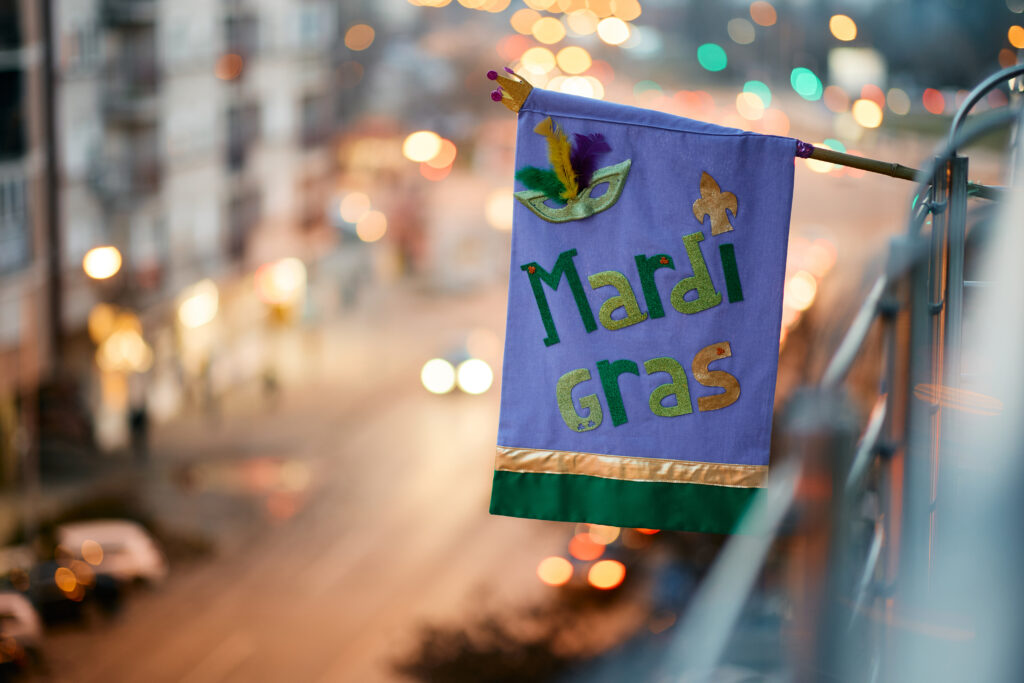
History Of Mardi Gras
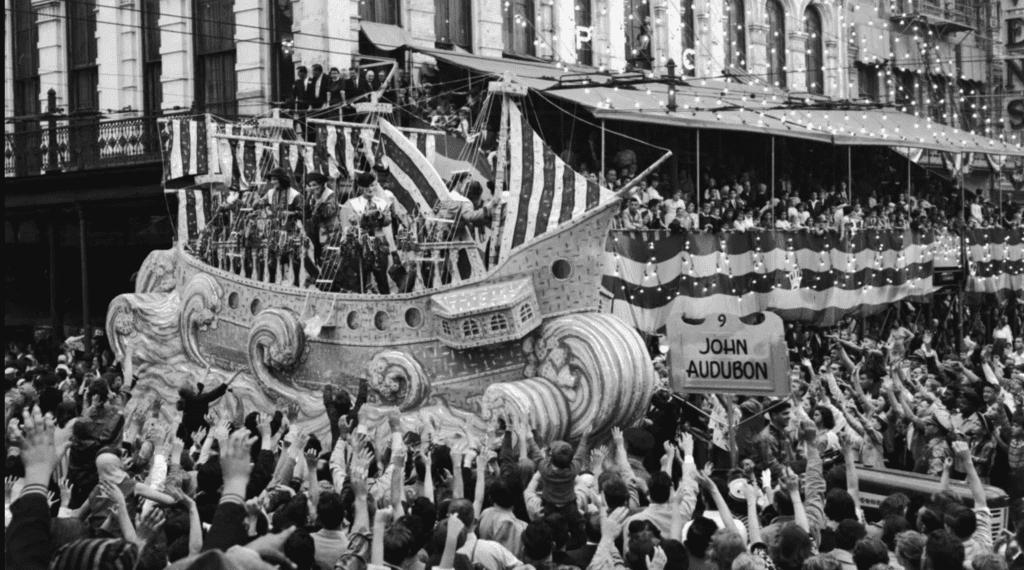
New Orleans Mardi Gras Parades
What Is Krewe?
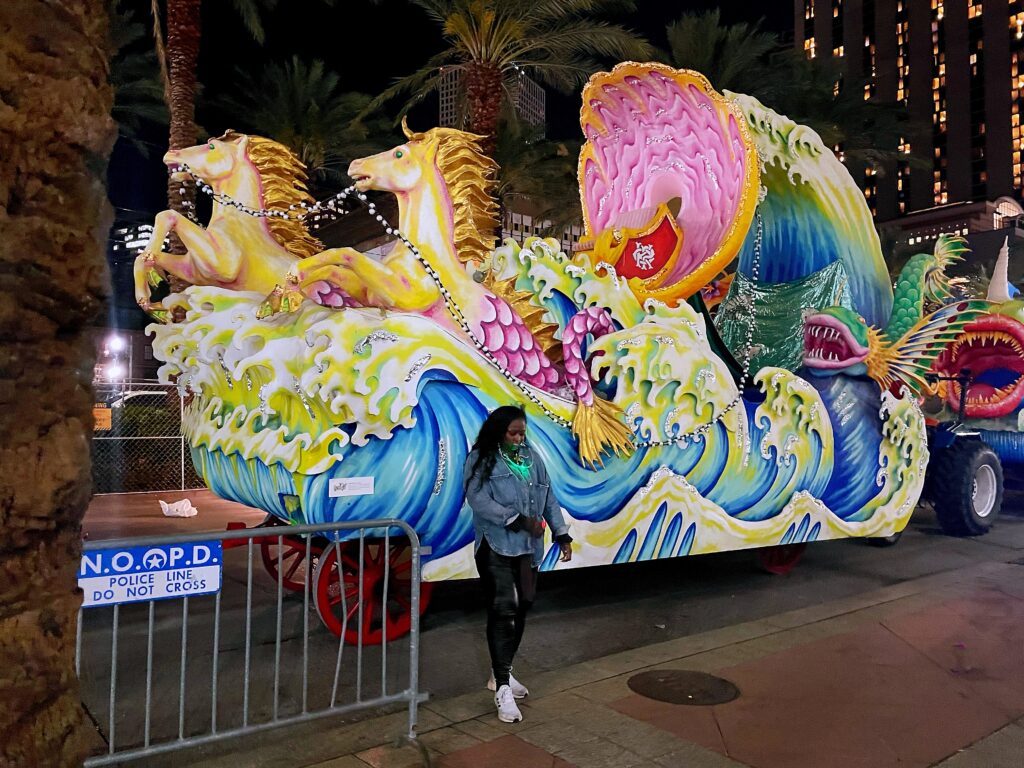
Learn about the Krewes
Mardi Gras 2023 – Full program
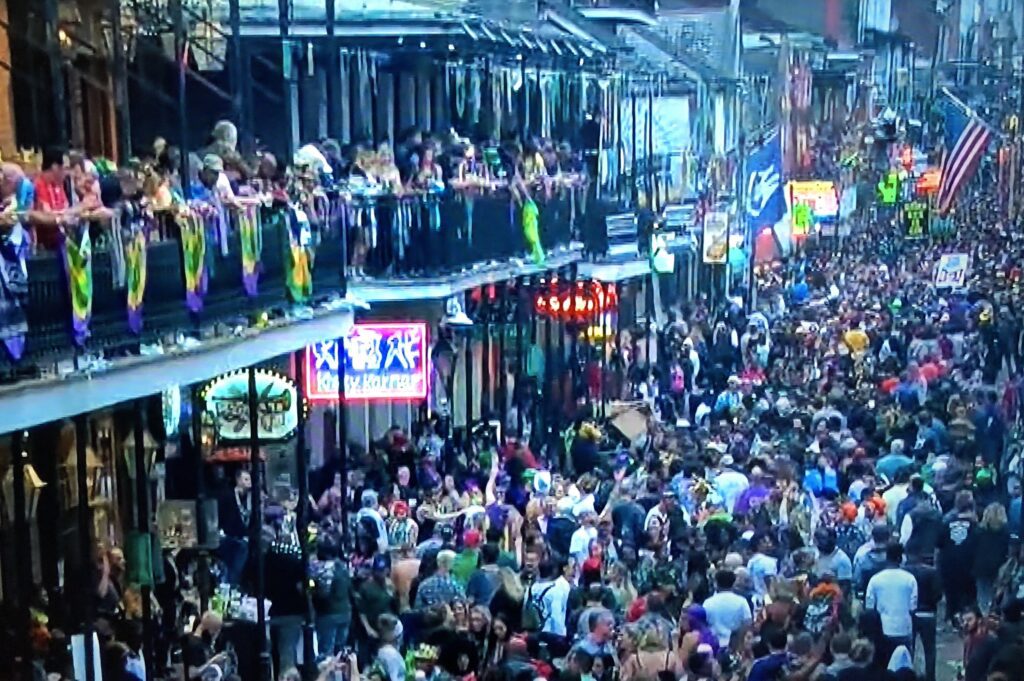
The weekend before Mardi Gras
Lundi Gras
Mardi Gras Day (aka Fat Tuesday)
Mardi Gras Parade Schedule
Bacchus Street Party & Parade
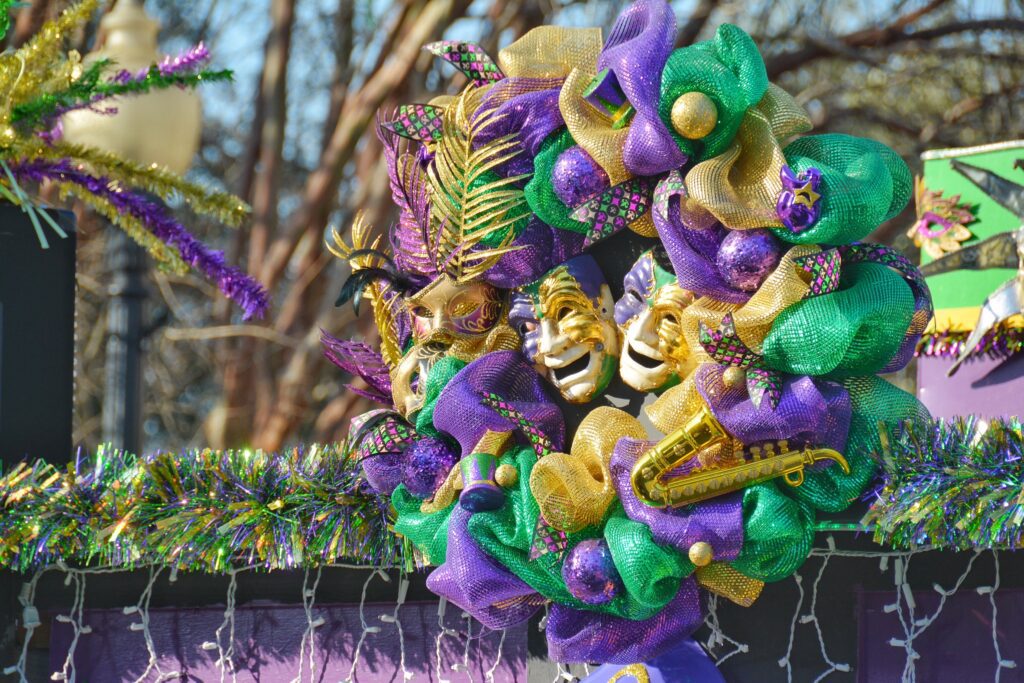
Zulu Parade & Rex Parade
Mardi Gras Balls and Parties
Download the Mardi Gras Parade Tracker app.
Collect Throws
Make A Throws Bucketlist
What to do in New Orleans during Mardi Gras
Stroll through the French Quarter
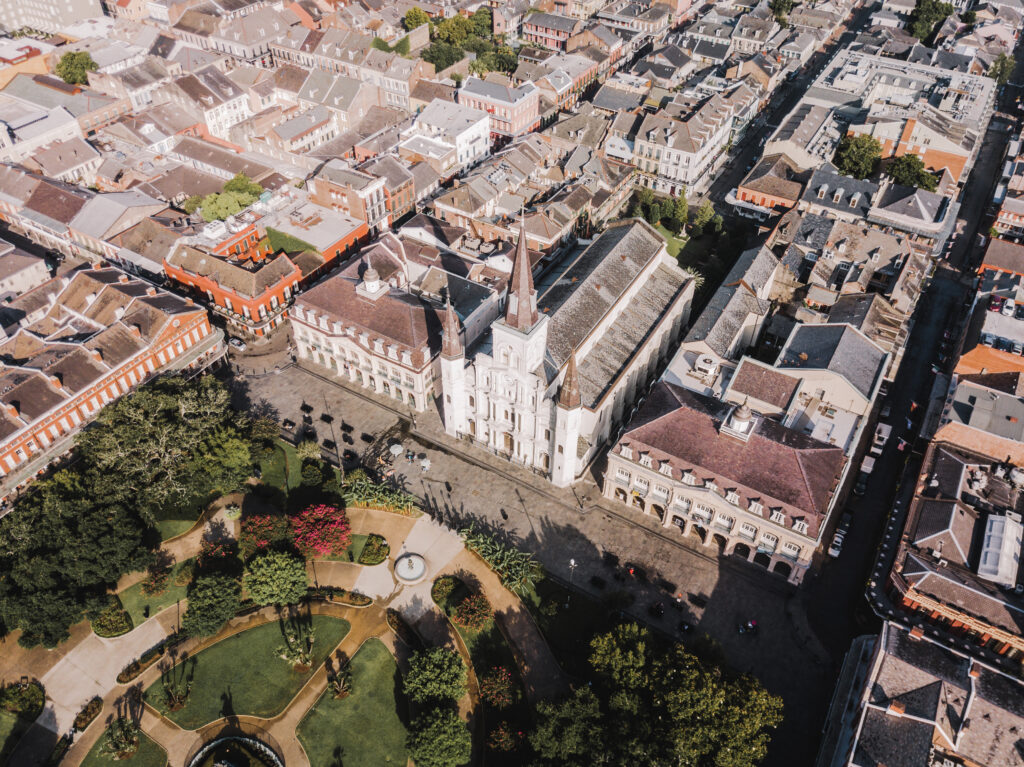
Grab some bites at French Market
Flick a picture at St. Louis Cathedral on Jackson Square
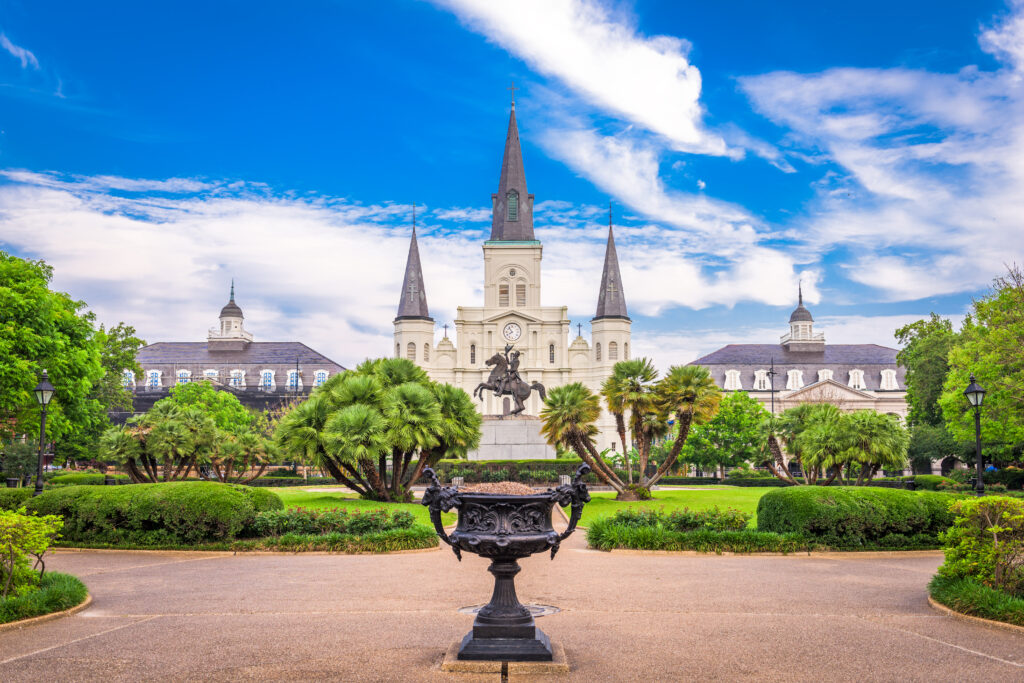
Walk through Garden District
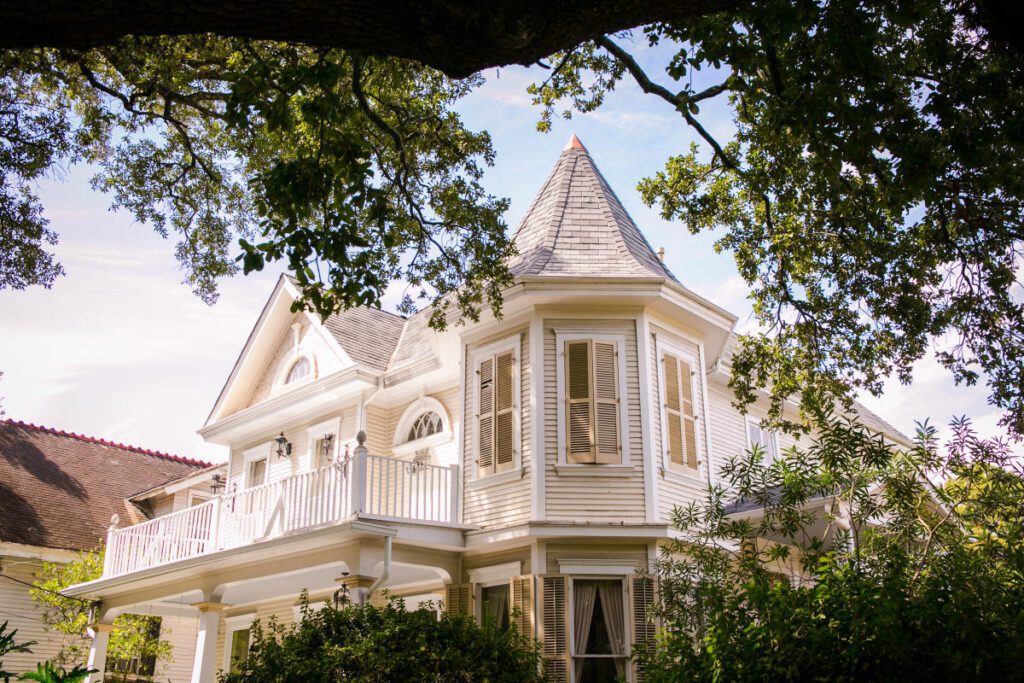
Hang out on Mississippi Riverfront
Do A Gator Swamp Tour
Learn about the past at Oak Alley Plantation Tour
Enjoy Cafe Du Monde Beignets
Bourbon St. Balcony Party
Enjoy some Jazz in New Orleans during Mardi Gras
Fest on New Orleans Delicacies
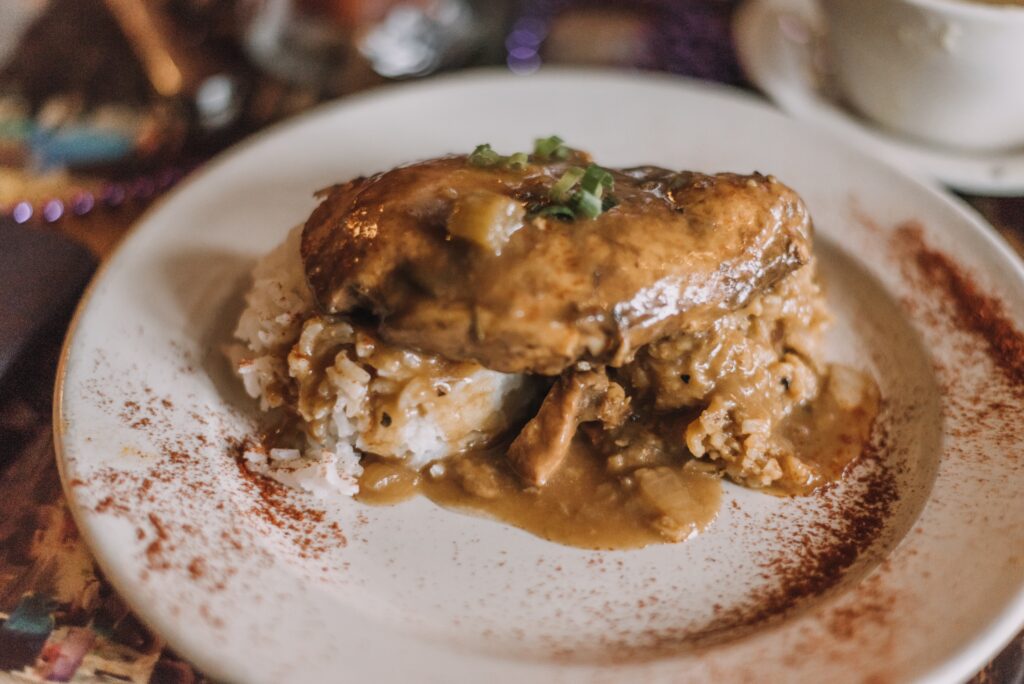
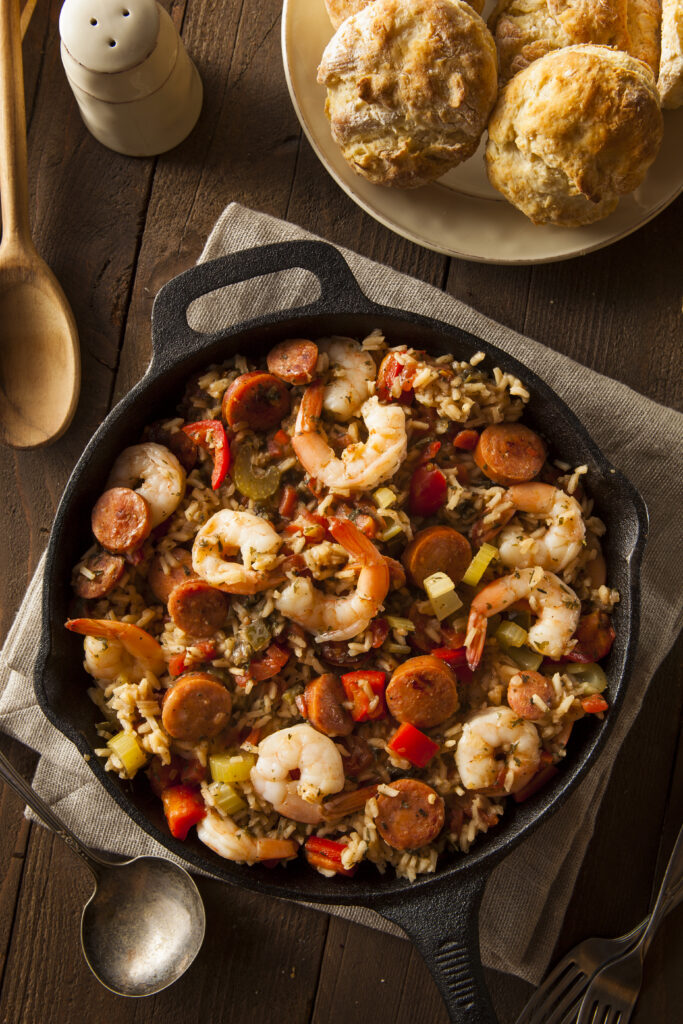
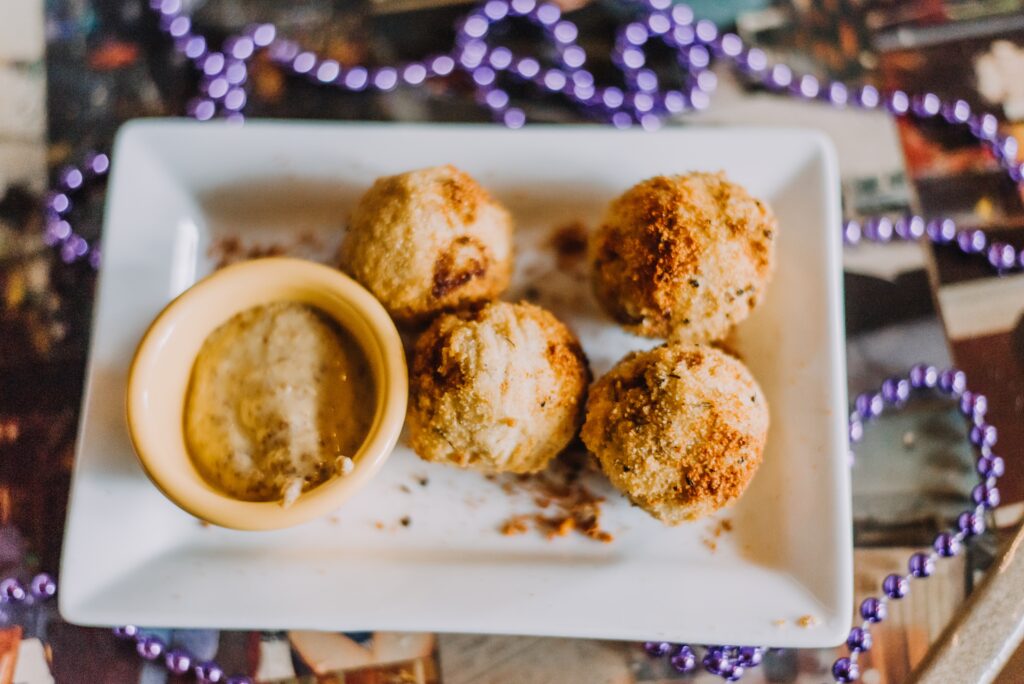
The King Cake
My experience at my first Mardi Gras
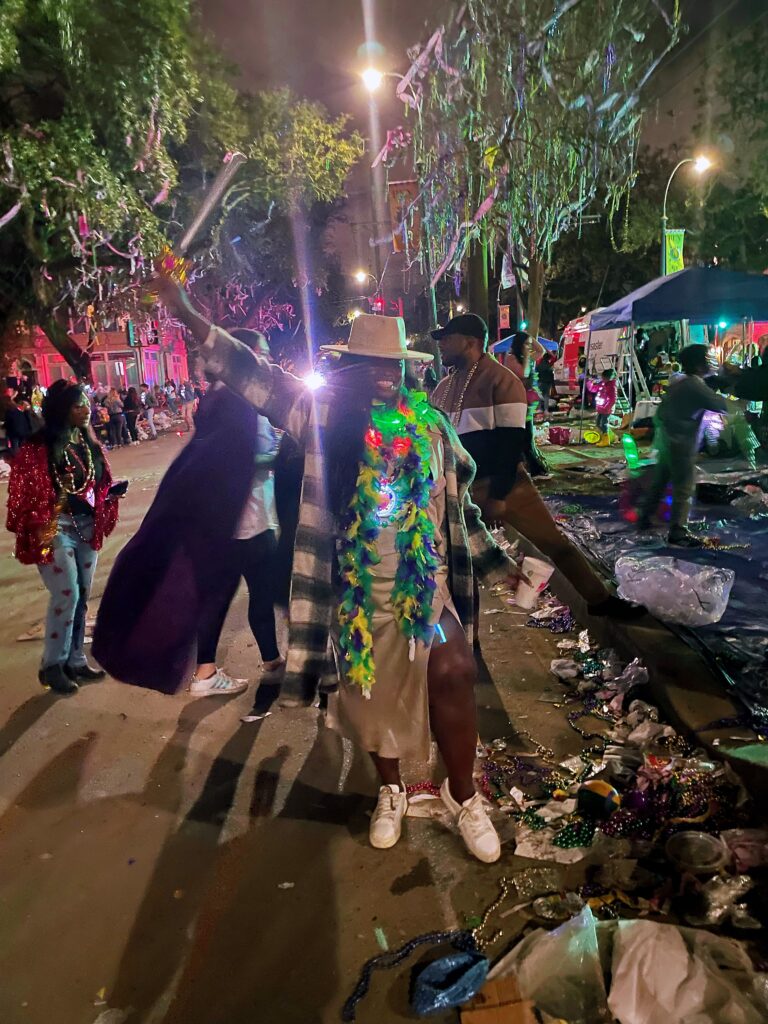
What to book ahead for Mardi Gras

Where to stay in New Orleans during Mardi Gras
Book a Hotel Close as to the Parade Route as Possible
What to pack for New Orleans during Mardi Gras
What are the Mardi Gras Colors?
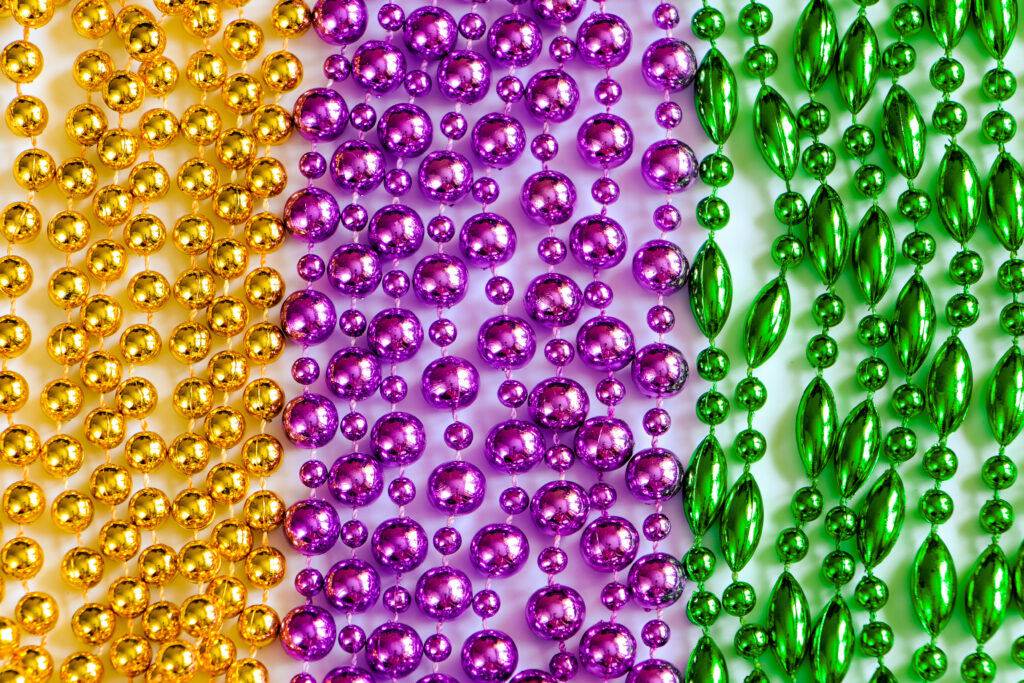
Pace Yourself and Indulge in Moderation
Conclusion
Leave a Reply
© copyright 2024 Congologie Studios